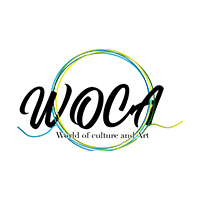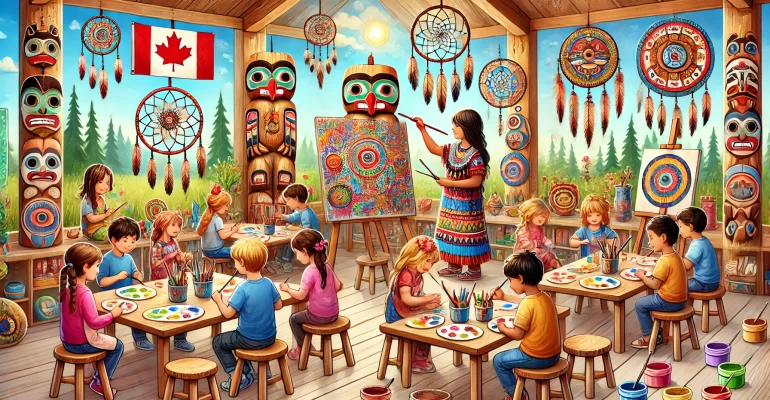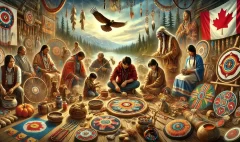Art Education for Kids: Exploring Canadian Indigenous Arts
Art Education for Kids: Exploring Canadian Indigenous Arts
As an art and craft enthusiast, I’ve always been fascinated by the rich tapestry of artistic expressions that shape our world. Today, I’m thrilled to take you on a journey into the vibrant realm of art education for kids, with a special focus on the captivating world of Canadian Indigenous arts. Whether you’re a parent, educator, art lover, or simply someone curious about nurturing creativity in young minds, this post is for you!
I’ve long believed that introducing children to art, especially the diverse and meaningful traditions of Indigenous cultures, opens up a world of imagination, understanding, and personal growth. Canadian Indigenous arts, with their deep connection to nature, storytelling, and cultural heritage, offer a unique and enriching perspective that can profoundly impact a child’s artistic journey.
In this post, we’ll explore the fascinating techniques and projects inspired by Canadian Indigenous art that are perfect for kids. We’ll delve into the myriad benefits of art education for child development and share practical tips on how to introduce these beautiful art forms to young learners. Along the way, we’ll hear insights from Indigenous Canadian artists and art educators who are passionate about sharing their culture through art.
So, grab your paintbrushes, feathers, and beads, and let’s embark on this colorful adventure into the world of Canadian Indigenous art education for kids!
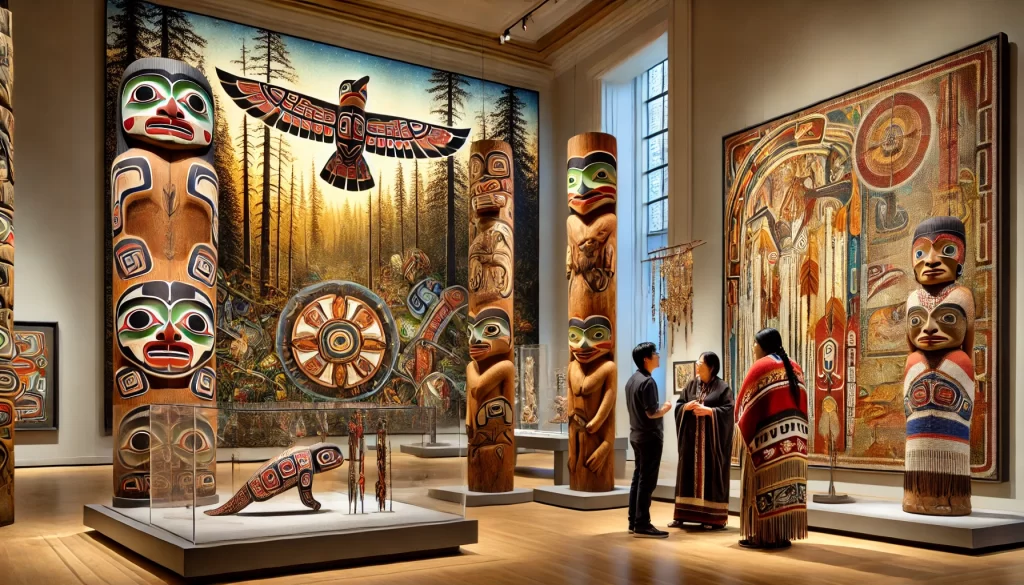
-
The Rich Tapestry of Canadian Indigenous Arts
Before we dive into specific projects and techniques, let’s take a moment to appreciate the diversity and significance of Canadian Indigenous arts.
[Image description: A collage showcasing various forms of Canadian Indigenous art, including paintings, sculptures, beadwork, and textiles, with children observing and creating art in the foreground.]
Canadian Indigenous arts encompass a wide range of styles and forms, each reflecting the unique traditions and stories of different Indigenous nations. From the bold formline designs of the West Coast to the delicate beadwork of the Plains and the storytelling sculptures of the Inuit, these art forms are as diverse as the lands they come from.
“Our art is not just about creating beautiful objects,” says Sarah Paquette, an Anishinaabe artist and art educator. “It’s about connecting with our history, our land, and our stories. When we share these art forms with children, we’re sharing a part of our culture and identity.”
Indigenous art often incorporates natural materials and symbols that represent important cultural concepts. For example, the medicine wheel, a common symbol in many Indigenous cultures, represents balance and the interconnectedness of all things. Introducing children to these concepts through art can help them develop a deeper understanding of Indigenous worldviews and foster respect for different cultures.
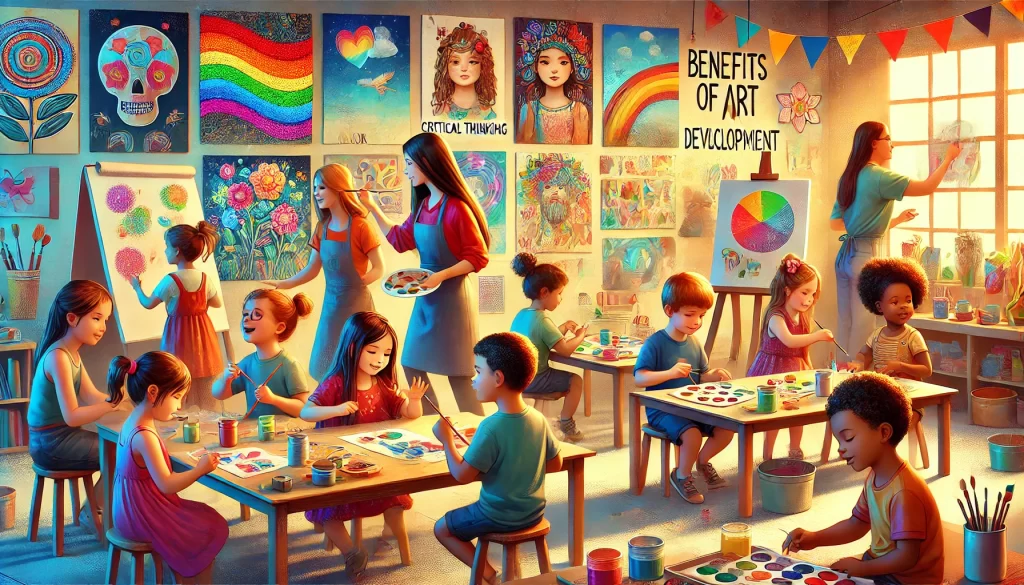
-
Benefits of Art Education for Child Development
Engaging children in art, especially culturally rich forms like Canadian Indigenous arts, offers numerous developmental benefits.
[Image description: A series of images showing children of various ages engaged in different art activities, with thought bubbles above their heads representing different cognitive and emotional skills.]
- Cognitive Development: Art activities stimulate problem-solving skills and critical thinking. When children engage in Indigenous art projects, they learn to plan, make decisions, and think creatively.
- Fine Motor Skills: Many Indigenous art forms, such as beadwork or weaving, help develop fine motor skills and hand-eye coordination.
- Cultural Awareness: Exploring Indigenous arts helps children develop an appreciation for cultural diversity and fosters empathy and understanding.
- Emotional Expression: Art provides a safe outlet for children to express their emotions and develop emotional intelligence.
- Self-Esteem: Completing art projects gives children a sense of accomplishment and boosts their confidence.
- Historical Understanding: Through Indigenous art, children can learn about history and traditional ways of life in an engaging, hands-on way.
Dr. Emily Thompson, a child psychologist specializing in art therapy, notes, “When children engage with art, especially art from different cultures, they’re not just creating – they’re expanding their worldview and developing crucial life skills.”
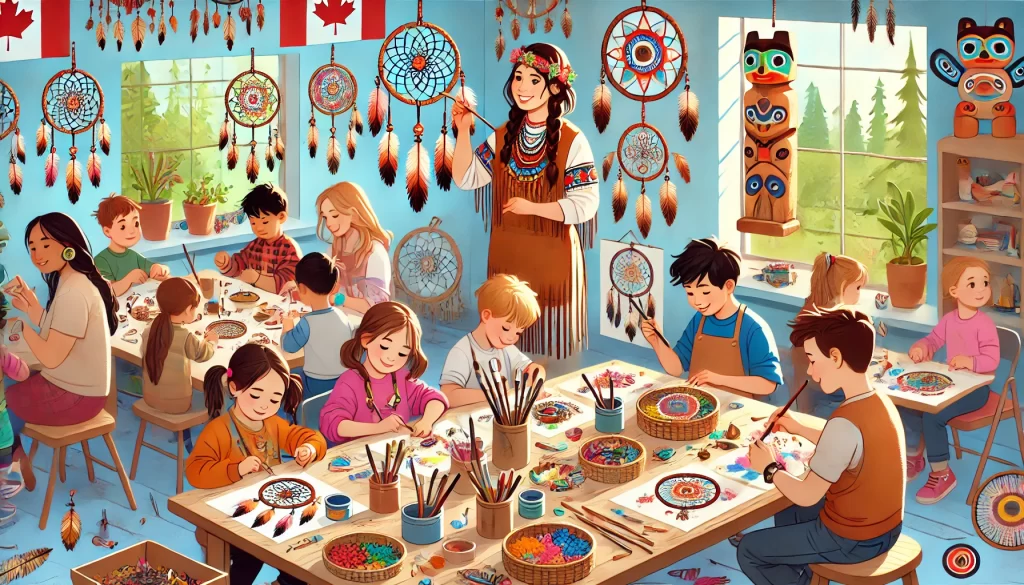
-
Kid-Friendly Canadian Indigenous Art Techniques and Projects
Now, let’s explore some exciting Canadian Indigenous art techniques and projects that are perfect for kids. Remember, it’s important to approach these activities with respect for the cultures they come from.
[Image description: A step-by-step visual guide showing children creating various Indigenous-inspired art projects, with materials and finished products displayed.]
- Formline Design Drawing: Inspired by the art of the Northwest Coast First Nations, this technique uses bold lines and shapes to create stylized animal figures. Kids can start with simple shapes and gradually build more complex designs.
- Dreamcatcher Making: While not exclusive to Canadian Indigenous cultures, dreamcatchers are a popular craft that can introduce children to weaving techniques and the concept of sacred objects.
- Inuit Soapstone Carving (with child-safe materials): Using soft materials like soap or clay, kids can try their hand at creating simplified versions of Inuit sculptures.
- Métis Dot Art: This technique, inspired by Métis beadwork patterns, involves creating designs using dots of paint. It’s a great way to introduce children to Indigenous patterns and color theory.
- Birchbark Crafts: Using paper to simulate birchbark, children can create miniature canoes or containers, learning about traditional Indigenous materials and their uses.
“When teaching these techniques,” advises Michael Stevens, an Indigenous art teacher, “it’s crucial to provide context. Explain the cultural significance of the art form and encourage children to create their own designs inspired by, rather than copying, traditional motifs.”
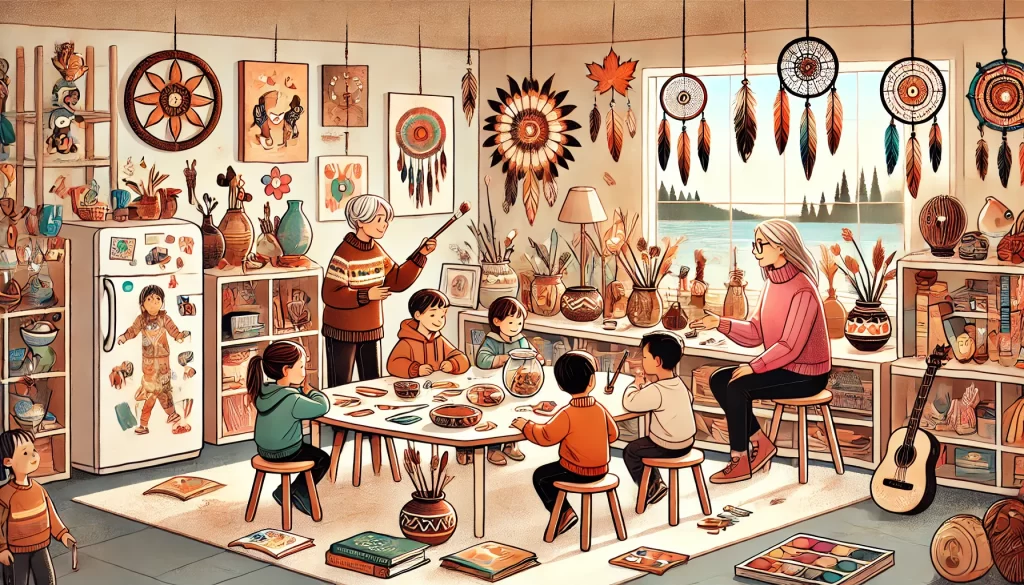
-
Tips for Introducing Indigenous Arts to Children
Introducing Indigenous arts to children requires sensitivity and respect. Here are some tips to ensure a positive and enriching experience:
[Image description: An infographic-style illustration showing various tips for introducing Indigenous arts to children, with icons representing each point.]
- Start with Education: Before beginning any art project, teach children about the Indigenous culture it comes from. Use age-appropriate books, videos, or invite Indigenous guest speakers if possible.
- Use Proper Terminology: Teach children the correct names for Indigenous nations and art forms. This promotes respect and accuracy.
- Emphasize Inspiration, Not Imitation: Encourage children to create original artwork inspired by Indigenous techniques, rather than copying sacred or traditional designs.
- Connect Art to Storytelling: Many Indigenous art forms are closely tied to oral traditions. Incorporate storytelling into your art lessons.
- Use Responsible Sourcing: When using art supplies, opt for materials that are sustainably and ethically sourced, in line with Indigenous values of respecting the earth.
- Celebrate Contemporary Indigenous Art: Don’t limit lessons to traditional forms. Showcase the work of contemporary Indigenous artists to demonstrate that Indigenous cultures are living and evolving.
- Encourage Reflection: After completing a project, have children reflect on what they’ve learned about Indigenous cultures and how it relates to their own experiences.
Lisa Wightman, a non-Indigenous elementary school teacher who incorporates Indigenous art into her curriculum, shares, “It’s important to approach this as an ongoing journey of learning and respect. I always make it clear to my students that we’re learning about these art forms to appreciate and respect them, not to claim them as our own.”
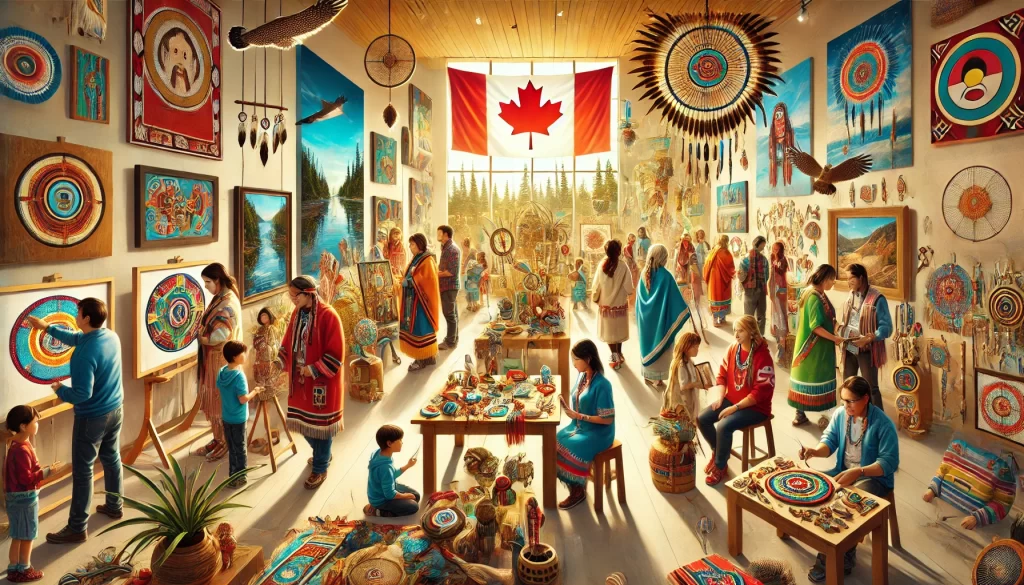
-
Spotlight on Canadian Indigenous Artists and Art Educators
To provide deeper insights into the world of Canadian Indigenous arts and its importance in education, let’s hear from some Indigenous artists and art educators.
[Image description: A series of portraits of Indigenous Canadian artists and art educators, with quotes displayed alongside their images.]
- David Hookimaw, Cree sculptor:
“Art was how I connected with my culture as a child. Now, I create sculptures that tell our stories, and I love seeing children’s eyes light up when they understand the story behind a piece.”
- Marie Battiste, Mi’kmaq education specialist:
“Incorporating Indigenous arts into education isn’t just about art – it’s about fostering understanding, respect, and reconciliation from an early age.”
- Christi Belcourt, Métis visual artist:
“When we teach children Indigenous art forms, we’re not just teaching techniques. We’re teaching them to see the world through a different lens – one that values interconnectedness and respect for all living things.”
- Ningwakwe George, Anishinaabe artist and educator:
“Art is a universal language. Through Indigenous art education, we can bridge cultural gaps and nurture a generation that appreciates diversity.”
These voices remind us of the power of art to educate, inspire, and bring people together across cultural boundaries.
Conclusion: Nurturing Young Artists, Cultivating Understanding
As we wrap up our colorful journey through the world of art education for kids with a focus on Canadian Indigenous arts, I hope you’re feeling inspired to explore these rich traditions with the young people in your life. Whether you’re a parent, teacher, or community leader, you have the wonderful opportunity to open children’s eyes to new ways of seeing and creating.
Remember, engaging with Indigenous arts is not just about creating beautiful objects – it’s about fostering understanding, respect, and appreciation for the diverse cultures that make up the Canadian mosaic. By introducing children to these art forms, we’re nurturing not only young artists but also culturally aware, empathetic individuals who will shape our future.
I encourage you to start small – perhaps with a simple dot art project or a storytelling session paired with formline design drawing. As you and the children in your life become more comfortable with these art forms, you can explore more complex projects and deeper cultural teachings.
Now, I’d love to hear from you! Have you introduced Canadian Indigenous arts to children? What was your experience? Do you have any favorite projects or techniques to share? Let’s continue this conversation in the comments below and inspire each other to keep exploring the beautiful world of Indigenous arts with the next generation!
